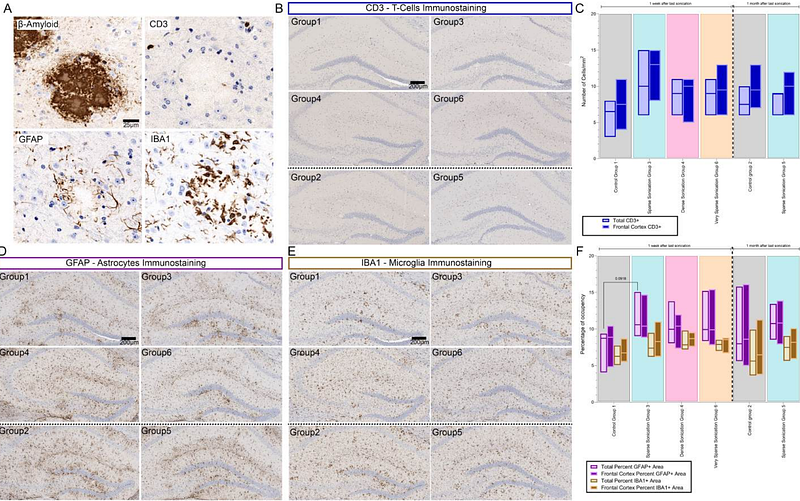Repeated blood-brain barrier opening using low-intensity pulsed ultrasound mitigates amyloid pathology

Repeated blood-brain barrier opening using low-intensity pulsed ultrasound mitigates amyloid pathology
Canney, M.; Bouchoux, G.; Carpentier, A.; De Rossi, P.
AbstractBackground: The delivery of large molecules to the pathological brain is one of the main obstacles in the development of disease-modifying drugs. This is partly due to the presence of the blood-brain barrier (BBB), which blocks the free passage of lipophobic molecules and those larger than 400 Da. One strategy to bypass this natural barrier is to use low intensity pulsed ultrasound (LIPU) to oscillate circulating micro-sized microbubbles which then exert mechanical stress on the vessel walls. This procedure allows for temporary disruption of the BBB and enhanced local delivery of therapeutics from the blood to the brain parenchyma. In this study, the effect of repeated BBB opening on neuroinflammation in a healthy mouse model was first explored followed by the effect of repeated opening on amyloid pathology in a model for Alzheimer\'s disease. Methods: A cohort of wildtype mice was used to determine the effect of a single BBB opening mediated by ultrasound/microbubbles (US/MB) on the inflammatory profile, using RT-Q-PCR on brain extracts at 2-, 4-, 8- and 15-days post opening. A second cohort of ARTE10 mice, a mouse model for amyloid pathology, was treated with a different sequence of repeated US/MB mediated BBB opening to explore the effect on the pathology. Tissues were also analyzed for immune cell infiltration, microglia and astrocyte activation, and inflammatory response. Results: Our results demonstrate that the opening of the BBB leads to a mild inflammatory response in wild-type animals. However, repeated opening of the BBB in the ARTE10 model resulted in a decrease in amyloid pathology, along with a mild increase of growth factor. Conclusions: Altogether, this study suggests that sonication is not only a safe method to deliver therapeutics to the brain but could also have synergistic effects in the treatment of neurodegenerative diseases.